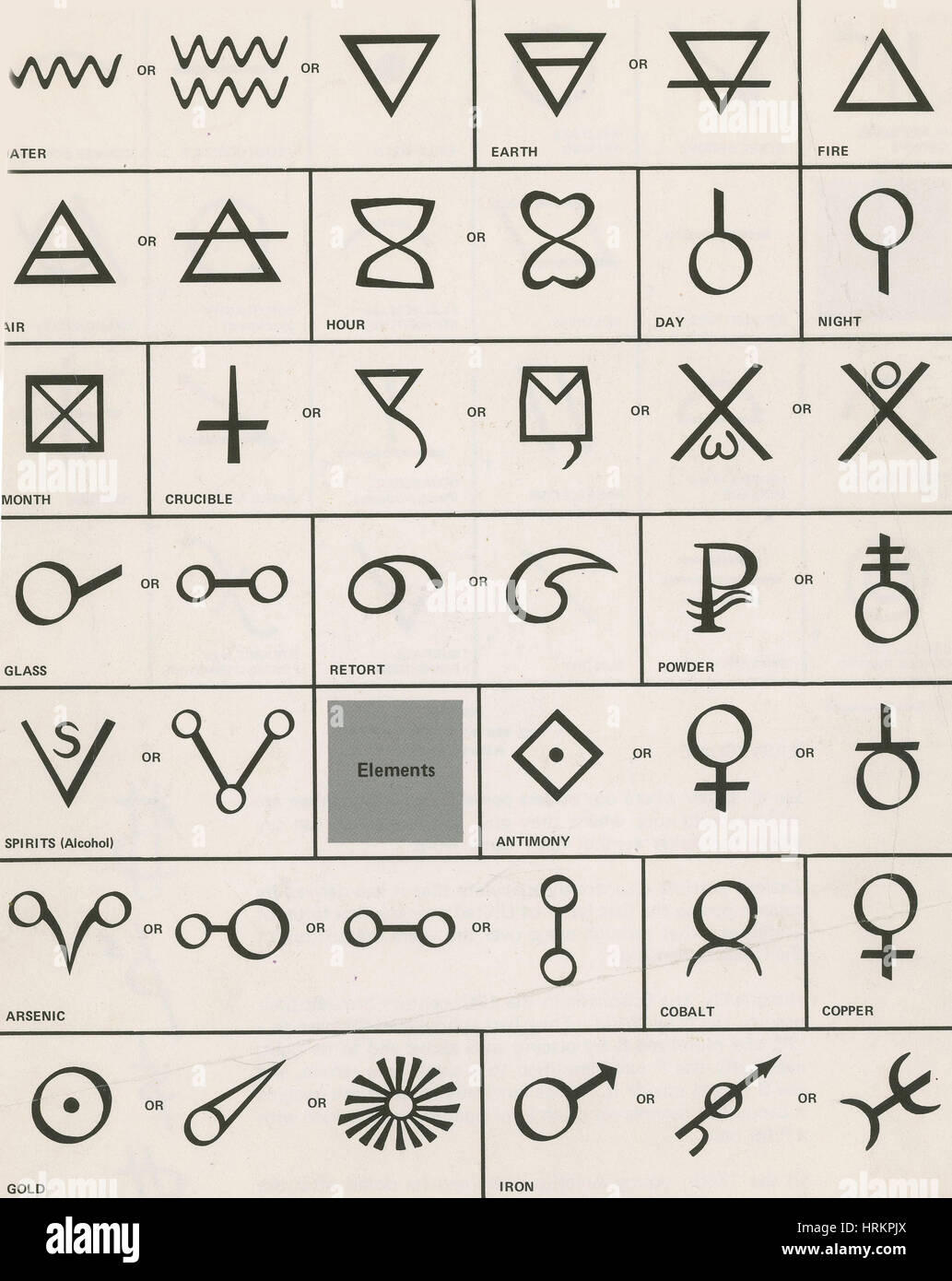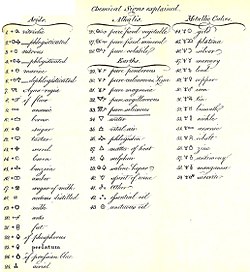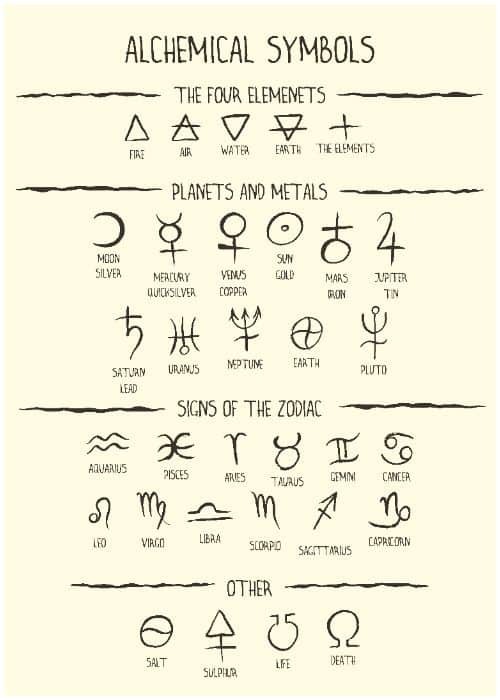Alchemy was a discipline that focused on the transformation of matter, particularly the pursuit of turning base metals into gold. It was practiced in various forms across the world for centuries, and during that time, alchemists developed a complex system of symbols and imagery to represent various concepts and substances in their work. These symbols were often used in alchemical texts and illustrations to convey meaning, and many of them continue to be recognized and used today, particularly in fields such as chemistry and psychology.
One of the most well-known symbols used by alchemists is the caduceus, which is a rod with two serpents entwined around it. This symbol was associated with the Greek god Hermes, who was the messenger of the gods and the patron of alchemy. The caduceus was used to represent the concept of duality, as the two serpents represented opposing forces such as good and evil, male and female, or light and darkness. It was also associated with the idea of balance and harmony, as the two serpents were shown to be intertwined in a way that suggested they were working together in harmony.
Another important symbol used by alchemists was the ouroboros, which is a serpent or dragon that is depicted as swallowing its own tail. This symbol was used to represent the idea of unity and wholeness, as the ouroboros was thought to be a self-sustaining entity that was able to maintain its existence indefinitely. It was also associated with the concept of infinity and the cyclical nature of life, as the ouroboros was shown to be constantly consuming and regenerating itself.
Other symbols used by alchemists included the philosopher's stone, which was a substance believed to have the power to transform base metals into gold and to grant eternal life. The philosopher's stone was often depicted as a glowing, crystalline substance, and it was thought to be the ultimate goal of alchemical pursuits. The alchemical symbol for the philosopher's stone was a circle with a cross inside, which was meant to represent the unity of the four elements (earth, air, fire, and water) that were thought to be necessary for its creation.
Other symbols used by alchemists included the sun and the moon, which were often used to represent the principles of gold and silver, respectively. The sun was thought to represent the masculine principle, while the moon was thought to represent the feminine principle. These symbols were often used to represent the union of opposites, as the sun and moon were thought to be complementary forces that were necessary for the creation of the philosopher's stone.
In conclusion, alchemists used a wide variety of symbols to represent various concepts and substances in their work. These symbols, such as the caduceus, the ouroboros, and the philosopher's stone, are still recognized and used today, and they continue to hold a significant place in the fields of chemistry and psychology.



:max_bytes(150000):strip_icc()/Phosphorus_alchemy-579213f53df78c17345d3724.png)




